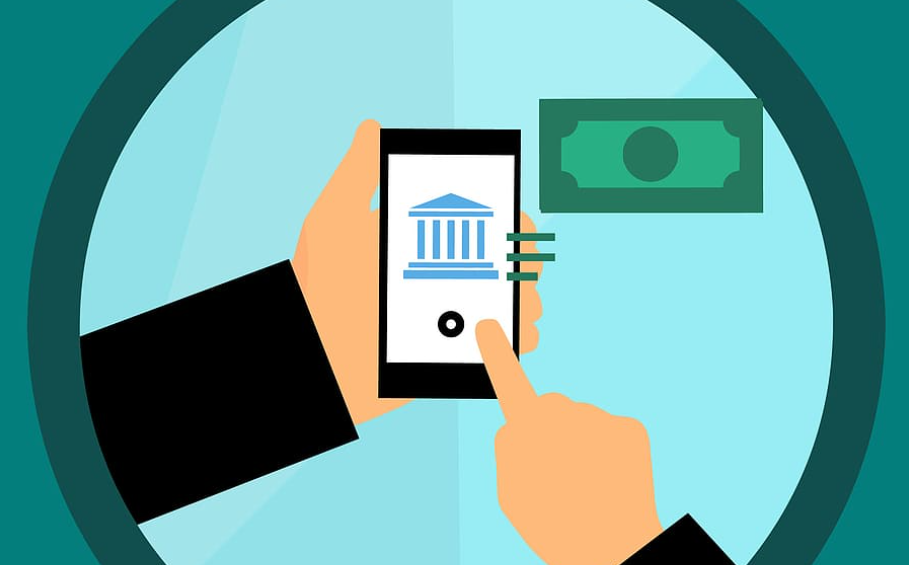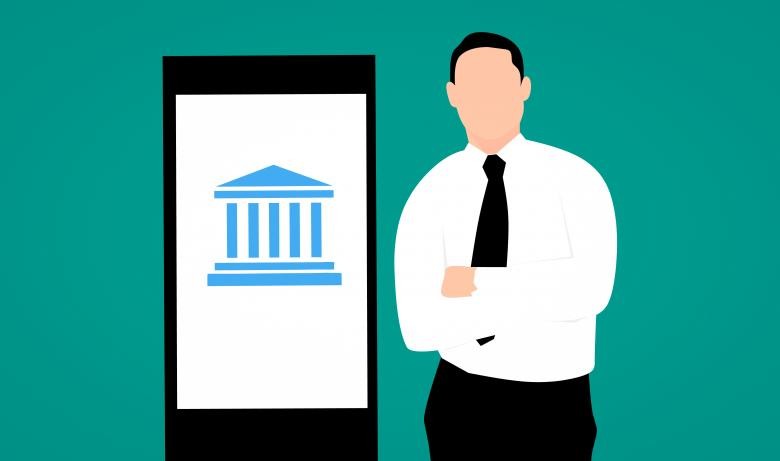Fortify Your Mobile Banking: Proven Strategies for Enhanced Security
In an increasingly digital world, the convenience of mobile banking has transformed the way we manage our finances. The ability to access our bank accounts, make transactions, and monitor our spending anytime and anywhere is empowering. However, this convenience comes with a set of risks that cannot be overlooked. Cybersecurity threats loom large, and it's critical to take proactive steps to secure your mobile banking to ensure that your personal and financial information remains protected. In this article, we'll explore essential tips that can help you bolster the security of your mobile banking experience, keeping your assets safe from unauthorized access and cyber threats.
Create Strong, Unique Passwords
The first and foremost step in securing your mobile banking is to create strong, unique passwords. A strong password acts as the initial line of defense against unauthorized access to your banking app. It should be a complex combination of letters, numbers, and special characters and should be lengthy enough to deter brute-force attacks. Avoid using easily guessable information, such as your name, birth date, or simple patterns like "123456" or "password."
When crafting your password, consider using a passphrase—a sequence of random words or a sentence that you can remember but would be difficult for others to guess. This approach not only makes your password harder to crack but also easier for you to recall. Additionally, avoid reusing passwords across different accounts. If one account is compromised, others with the same password could quickly follow. Using a password manager can help you keep track of multiple complex passwords without the risk of forgetting them.
Implement Two-Factor Authentication

Two-factor authentication (2FA) adds an extra layer of security to your mobile banking, ensuring that even if your password is compromised, your account remains protected. This process requires you to provide two different authentication factors to verify your identity. Typically, you would enter your password, followed by a unique code sent to your mobile device via SMS or generated by an authenticator app. Some banks also use biometric verification methods such as fingerprint or facial recognition as a second factor.
Activating 2FA may seem like an additional step, but it significantly reduces the risk of unauthorized access. It's important to treat the second factor with the same level of security as your password. For instance, if you receive a code via SMS, do not share it with anyone. Be cautious of phishing attempts where fraudsters might try to trick you into revealing your 2FA codes. Always verify the authenticity of any communication requesting your banking credentials or 2FA codes. By ensuring you're the only one who can access your account, even if someone else knows your password, 2FA serves as a vital safeguard in mobile banking security.
Stay Vigilant with App Updates and Downloads
Keeping your banking app updated is crucial for security. Banks often release updates to patch vulnerabilities and enhance security features. Neglecting these updates can leave your app exposed to known exploits that cybercriminals are eager to take advantage of. Make it a habit to regularly check for updates and install them as soon as they're available. Enabling automatic updates can help streamline this process and ensure that your app is always equipped with the latest security features.
When downloading banking apps, always use official app stores, such as Google Play Store or Apple App Store. These platforms have security measures in place to verify the integrity of the apps they host. Be wary of downloading apps from third-party websites, which could be malicious. Before downloading any app, take a moment to read the reviews and research the developer to confirm the app's legitimacy. A little due diligence goes a long way in preventing the installation of fraudulent apps that could compromise your financial data.
Monitor Your Accounts Regularly
Regular monitoring of your bank accounts is an effective way to detect any unauthorized transactions or suspicious activity early on. With mobile banking, you have the luxury of checking your accounts on the go. Make it a habit to review your transaction history and account balances frequently. Setting up alerts for transactions can help you stay informed about any activity in your account without needing to log in constantly.
If you notice any discrepancies or transactions you did not authorize, contact your bank immediately. Time is of the essence in these situations, and the quicker you report the issue, the faster it can be resolved and the lower the risk of further damage. Your bank can guide you through the steps to secure your account, which may include changing your password, reviewing recent transactions, and, if necessary, issuing new credit or debit cards.
Use Secure Networks

The security of your internet connection plays a significant role in the safety of your mobile banking sessions. Public Wi-Fi networks are notorious for their lack of security, making them hotspots for cybercriminals looking to intercept sensitive information. When performing mobile banking transactions, ensure you are connected to a secure, private Wi-Fi network or use your mobile data if a trusted network is not available.
To further enhance security, consider using a virtual private network (VPN) when banking on your mobile device. A VPN encrypts the data transmitted between your device and the bank's servers, making it much harder for anyone to snoop on your connection. However, not all VPNs are created equal. Opt for a reputable VPN provider to ensure that your encrypted data remains private and secure. Remember, the extra effort you put into ensuring a secure network connection can be the difference between a secure banking experience and a compromised financial situation.
In conclusion, securing your mobile banking requires a combination of strong passwords, two-factor authentication, vigilance with app updates and downloads, regular account monitoring, and the use of secure networks. By implementing these strategies, you can feel confident in the safety of your financial transactions and personal information. As technology continues to evolve, so do the tactics of cybercriminals. Stay informed about the latest security practices and never underestimate the importance of taking proactive measures to protect your mobile banking.

Comments 0
Leave a reply
Tell us what do you think about this review. Your email address will not be published.
Your comment is awaiting moderation. We save your draft here